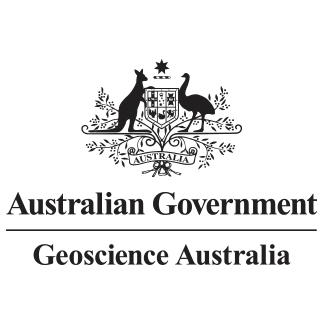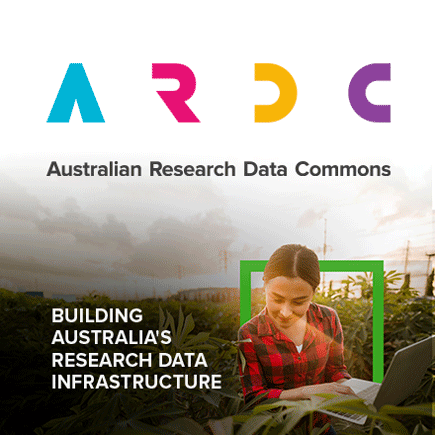Full description
A hybrid high-resolution seismic survey was undertaken adjacent to the Eurabba State Forest near Quandialla, Western NSW between June 29 and July 3 2003 acquiring both refraction and reflection data. The Australian National Seismic Imaging Resource (ANSIR) carried out the field work in conjunction with University of Canberra and Dryland Salinity Hazard Mitigation Program (DSHMP) research staff and students. Processing of the acquired refraction information was performed with the assistance of ANSIR staff.This survey was designed to collect and compare a shallow, high-resolution seismic dataset against nearby regional scale seismic datasets and other complementary sources of spatial information including NanoTEM, drill hole data, satellite imagery and regolith-landform mapping. The multi-disciplinary approach is designed for imaging shallow sedimentary structures and determining depth to bedrock. The combined aim of utilizing the multidisciplinary approach is to understand shallow fluid flow within the Booberoi-Quandialla Transect area and how this relates to observed outbreaks of dryland salinity. These observations will aid in the development of a shallow fluid flow model for the Bland catchment, especially over the Booberoi-Quandialla Transect area.
Lineage
Maintenance and Update Frequency: asNeededIssued: 2003
Data time period: 2003-06-29 to 2003-07-03
text: westlimit=147.8; southlimit=-34.1; eastlimit=147.85; northlimit=-34
User Contributed Tags
Login to tag this record with meaningful keywords to make it easier to discover
Raw Seismic Package [86.4 MB]
uri :
https://d28rz98at9flks.cloudfront.net/76522/L162_Raw_Seismic_Package.zip![]()
- Local : pid.geoscience.gov.au/dataset/ga/76522
- global : df903782-4243-19c6-e044-00144fdd4fa6


